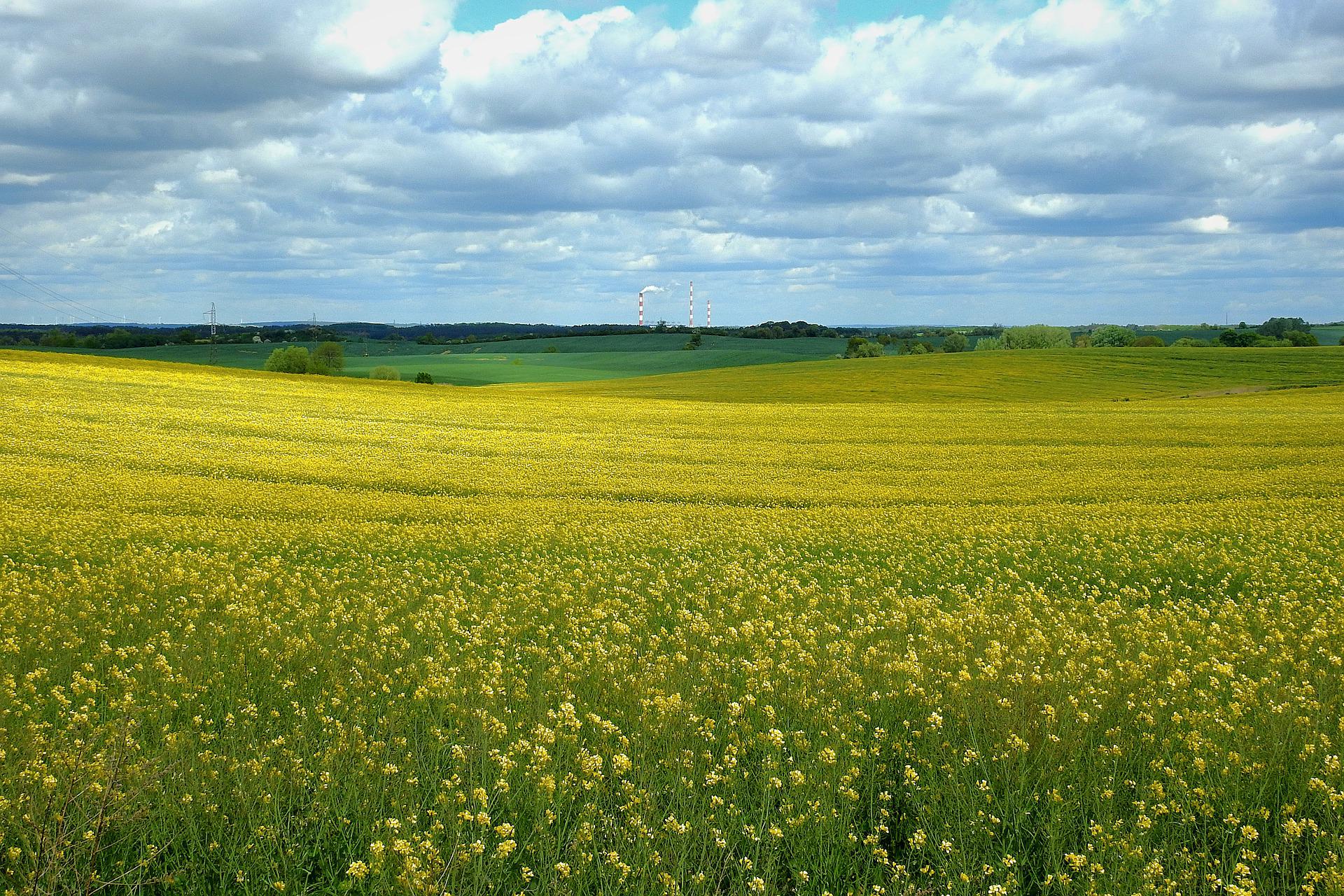The national rent-to-price ratio for cultivated Canadian farmland in 2022 rose to 2.55 per cent, up from 2.5 per cent in 2021, the Farm Credit Canada (FCC) analysis said. In Saskatchewan and Alberta, there were slight year-over-year increases at 3.1 per cent and 2.6 per cent respectively. All other provinces saw decreases.
“There are several economic conditions that impact the cost of renting land in Canada. Land values, the availability of land and its quality can all drive the price to rent,” J.P. Gervais, FCC’s chief economist, said in the release.
The rent-to-price ratio is obtained by crossing cash rental rates and the Farmland Values Report data. The release noted a ratio trending lower suggests cash rental rates are appreciating at a slower pace than land values, while an increase in the ratio indicates rental rates are increasing faster than land values.
Around 40 per cent of Canadian farmland is rented, the release said. Typically, renting is less expensive than purchasing and the lower the ratio, the better the renting option becomes. The release noted rental rates as a proportion of crop gross revenues have declined since 2020, but crop input costs have increased significantly, putting pressures on profitability.
“Deciding whether to buy or rent is a strategic decision unique to each producer,” Gervais said. “There is a lot to consider, including interest rates, yields, commodity prices and input costs. Open communication and collaboration between landowners and renters creates a quality, long-term relationship. Matched with a risk management plan and business strategy, producers have the building blocks for success.”
Related Articles
Alberta Farmland Prices Rose by 10 Per cent in 2022





